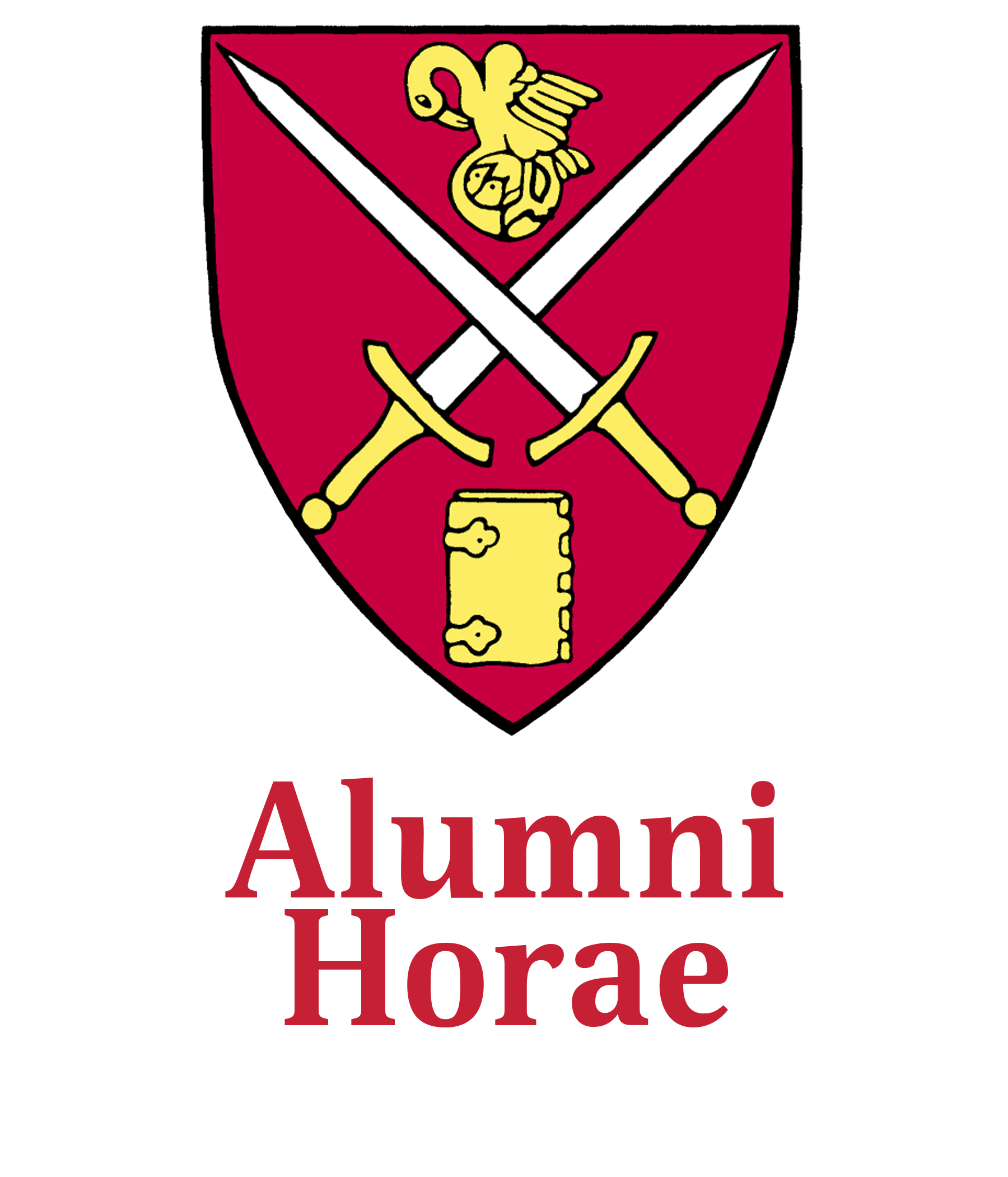Profile: A Brother's Tribute
Remembering the life and passions of Nicholas Avinoff Shoumatoff ’60
Alex Shoumatoff ’64
My brother, Nicholas Avinoff Shoumatoff ’60, was a mesmerizing storyteller, a polymathic raconteur, and a shamanic crazy yogini, who inspired and mentored young people to take up professions, ranging from professional storyteller and historical reenactor to archaeologist to Tibetan Buddhist nun. I wouldn’t have spent the last 50 years traveling the world and documenting its fast-disappearing species, ecosystems, and indigenous culture if it wasn’t for Nick. He died on September 12, 2018. A woman who only met my brother once – four years ago – says she is still channeling him, and that he speaks to her daily, offering sage advice.
Nick was born on August 20, 1941, in Mount Kisco, N.Y., to a family of erudite Russian emigres. His grandmother, Elizabeth, became a portrait painter in America, best known for her unfinished portrait of President Franklin Roosevelt. Her brother, Andrey Avinoff, served as director of the Carnegie Museum of Natural History in Pittsburgh. Nick inherited the family’s artistic talent and reverence for the natural world. At St. Paul’s, Nick’s talent was nurtured by art teacher Bill Abbé. He contributed dozens of drawings and cartoons to Horae Scholasticae and The Pelican and became a Buddhist (Horae Scholasticae published his precocious essay, “Buddhism, America, and the Orient”), and a beatnik. After spending the summer doing street portraits of sailors and Puerto Rican girls in Times Square and hanging out with Allan Ginsberg in the Village, Nick proceeded to Stanford, where he majored in Chinese, and after two years transferred to Pembroke College, Oxford, our family having moved from Bedford, N.Y., to London. He roomed with Tibetan tulku Chogyam Trungpa Rinpoche, who had escaped from Tibet and would go on to found the Naropa Institute in Colorado. A seriously good bongo drummer, he laid down the original track for the Rolling Stones’ “Sympathy for the Devil.”
After Oxford, Nick decided to focus on his art and worked for the New York State Department of Environmental Conservation, for two years keeping an eye out for smoke from a fire tower on Cross River Mountain, while painting the rolling wooded landscape that unfolded before him. He then became the curator of the little nature museum in Ward Pound Ridge Reservation. There, for 15 years, Nick introduced local families to the wonders in their backyards and taught them the local flora, fauna, and ethnobotany of the long-gone Munsee Delaware Indians. He tracked down the last 12 Munsee speakers in Dewey, Okla., and they made Nick a member of their Cheney River band and gave him a Munsee name that means He Who Stands Firm, which is what he preferred to be called for the last 40 years of his life.
Nick even went so far as to change his driver’s license from Nicholas A. Shoumatoff to He Who Stands Firm, and turned the museum into a Delaware research center, holding ceremonies in an elm-bark wigwam built by one of his protégés. He started an annual old-time fiddling convention, whose audiences grew to 25,000. Then, in l984, he went to Poland, where he lived for 10 years. Within three months, he had learned Polish and soon was hosting his own radio show on Polish politics. Nick was nominated by 25,000 artists to run for president against Lech Walesa.
Returning to America, he bought a place in the Catskills and became increasingly eccentric and reclusive. He died in his home in Mount Tremper, which was stuffed with books and artifacts and his numerous sketches and paintings. Said a friend after my brother’s death, “Nick vibrated to and saw more than anyone I have ever known.”

